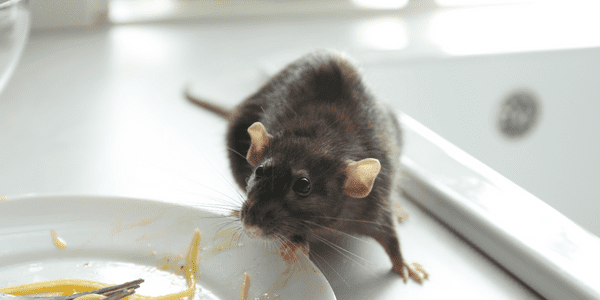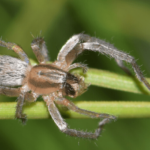
There are many things you might not know about rats. For instance, did you know that they can survive longer without food than almost any animal on Earth? And did you know they’re one of the most prolific animals on the planet, with 1 rat for every human on earth? Rats have been around since the dawn of time and have been a source of fear and fascination for centuries.
Here are ten fascinating facts about rats.
A group of rats is called a “mischief.”
Rats are social animals that love living in groups with their own social dynamics and relationships. Maybe the name for a group of rats, a “mischief,” doesn’t come as a surprise, as these pests are often getting themselves into trouble!
Rats’ teeth never stop growing, so they constantly gnaw to keep them filed down.
Rats have a pair of incisors in their upper and lower jaws that never stop growing. In fact, their teeth can grow around 5 inches per year! To keep their teeth short and sharp, these rodents gnaw on just about anything, including the different materials that make up your home, such as electrical wires, especially if they’re searching for food and water.
Rats’ whiskers are more sensitive than human fingertips.
Rats have highly sensitive whiskers which they use to detect obstacles in the dark and navigate around different objects like the foundation of your home. If they find a crack or gap they can squeeze through (even the tiniest spaces are often big enough!), they will work their way into your home.
The Norway Rat didn’t originate in Norway!
The Norway rat has been around for over 3,000 years and is the most common species of rat worldwide. Believe it or not, the Norway rat was not, in fact, originally from Norway! It is thought to have originated in China and spread throughout Europe where it was introduced on ships as a food source for sailors.
Antarctica is the only continent that is uninhabited by rats.
While Antarctica is home to many diverse species that aren’t found in other areas of the world, there are not any rats present! Throughout time, many species of mammals, including rats, pigs, mice, and cattle have been transplanted to Antarctica, but none of these introduced mammals currently live there.
Rats are carriers of many diseases, including the Bubonic Plague and Hantavirus.
Rats can be scary enough on their own; adding in the threat of sickness from them is another concern altogether. Rats directly cause Hantavirus, Salmonellosis, and Leptospirosis, to name a few; they can also spread diseases to humans indirectly, such as when a human is bitten by a tick or mosquito that has fed on an infected rodent. In those cases, common diseases include Babesiosis, Colorado tick fever, and Plague.
Rats were one of the first animals sent to space.
In 1961, the first rat went to space after being launched by CERMA, the French equivalent of NASA. He was named Hector and dressed in his very own space harness to protect him from injuries.
Rats can get very big…
The Bosavi Woolly Rat is believed to be the biggest rat in the world, measuring over 30 inches long including its tail. This rat is found in Papua New Guinea and Australia.
Rats reproduce even quicker than you may believe.
Rats can reproduce quickly! A female rat can become pregnant at just 4 months old and give birth to as many as 12 babies per litter up to 6 times per year. It’s no wonder rat infestations get out of hand quickly!
Rats can chew through tough materials.
Rats can chew through concrete, wood, aluminum, and even cinder blocks. They have even been known to cause fires by chewing through electrical wiring and chew on wooden telephone poles and wires causing phone lines to go dead or not work at all.
Protect Your Home from Rats This Fall!
Protect your home from rats year-round with Suburban Exterminating’s home pest control services. Call (631/516) 864-6900 to schedule a free estimate.





